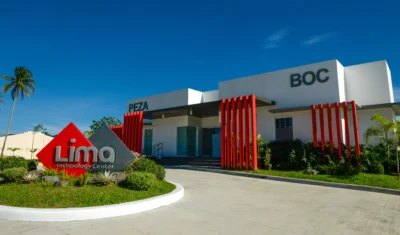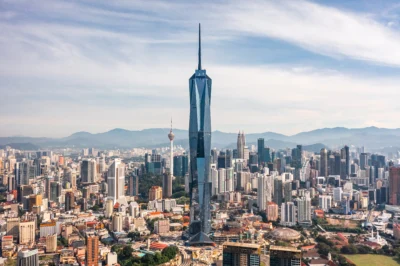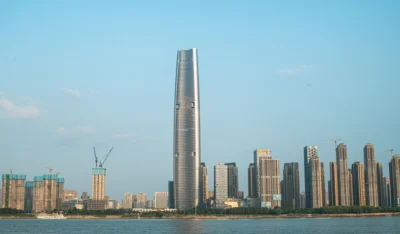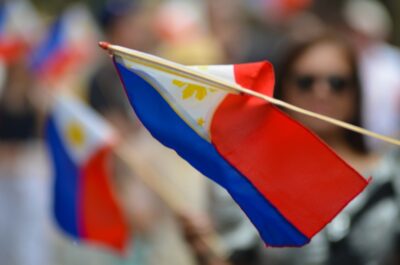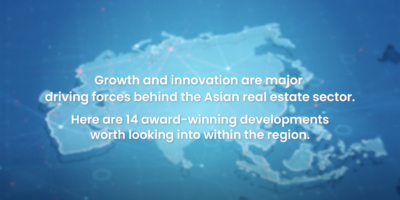Philippines Eases Tourism Protocols
The country adjusts its tourism guidelines in order to boost the sector’s recovery
The Philippine Department of Tourism (DOT) has dismantled the last of the health and safety protocols imposed on tourism establishments in an effort to maintain the momentum of “revenge travel”. According to Inquirer.net, the department made this decision with the intention of boosting the recovery of the country’s critical tourism sector that was crippled by the pandemic.
Tourism establishments no longer need to install plastic or acrylic barriers and dividers, and guests are no longer required to wear face masks or present proof of full vaccination. The tourism sector contributed PHP1 trillion (USD18.4 billion) to the economy in 2021 and employed 4.9 million, accounting for roughly 11 percent of total employment in the country.
As reported by the Philippine Star, tourism receipts in the Philippines are expected to double this year due to the return of Chinese tourists, according to MUFG Bank. Senior currency analyst Jeff Ng predicts travel receipts in the Philippines could reach between PHP327.25 billion and PHP436.33 billion in 2023 compared to an expected PHP218.16 billion in 2022, and catch up to PHP534.50 billion in 2019.
Related:The post-pandemic Philippine housing situation: ‘Golden Age’ or ‘Sick Man of Asia’?
The return of Chinese tourists will likely significantly benefit tourism in the Philippines, as they were the second largest source of tourist arrivals in 2019. MUFG is also forecasting a narrower current account deficit of 4.8 percent of gross domestic product in 2023, benefiting the peso.
The Philippine News Agency discussed the Philippines’ aims to become a tourism powerhouse in Asia in the next five years, according to Tourism Secretary Christina Frasco. The country’s 2023-2028 National Tourism Development Plan, unveiled at a tourism summit in Manila, sets out seven measures to achieve the goal, including improving tourism infrastructure and accessibility.
Frasco also said the government would focus on digitalisation, and enhancing the tourist experience by incentivising sustainable travel and improving safety and security in destinations. The plan would also involve tapping local government units in developing more tourist sites and linking emerging ones to key destinations.
The Property Report editors wrote this article. For more information, email: [email protected].
Recommended
The Philippines’ LIMA Estate drives sustainable industrial growth
LIMA Estate models a citywide vision that uplifts workers while appealing to climate-conscious employers
Malaysia property market rebounds with foreign interest and growth
The nation’s property market is stirring to life, fuelled by foreign buyers and major infrastructure drives
China’s renewable energy surge redefines housing norms and development
From exporting solar panels to building entire green-powered neighbourhoods, China’s renewable surge is redefining housing norms
Philippine real estate stays resilient amid political turmoil
The arrest of former President Rodrigo Duterte is a huge political plot twist. But the real estate sector in the Philippines is not (yet) flinching


